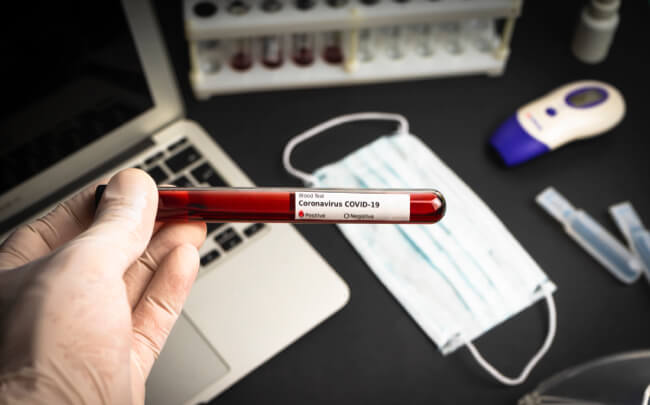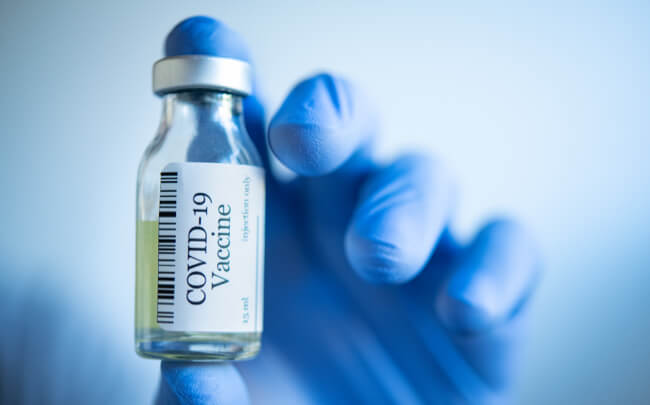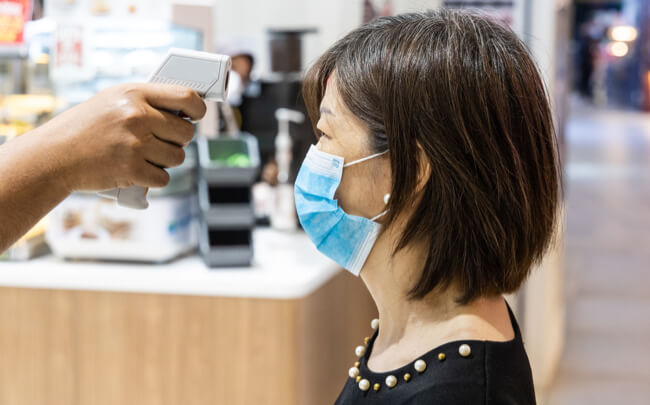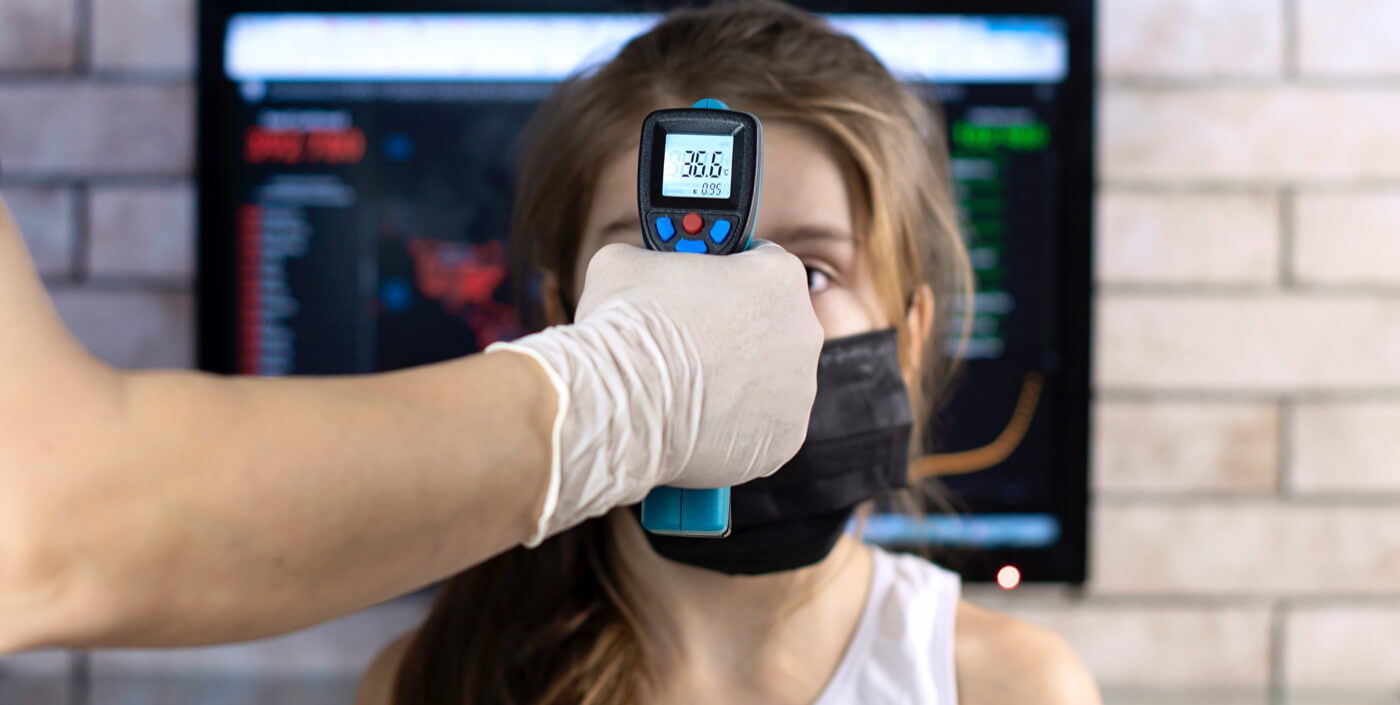The COVID-19 pandemic raises many problems in the domain of Artificial Intelligence (AI). The major challenges are often raised by way of so many pertinent questions such as, can AI help to keep an eye on the outbreak and predict the quantum of spread? Can AI apply to assist with diagnosis and prognosis as well? Could it be utilized in a quest for proper treatment and subsequent hunt for the exact vaccine? Will it be used to govern the social factors?
There are a plethora of questions expected to be answered, and people are anxious to know everything. This blog is an effort to facilitate an honest analysis of how AI has progressed in this respect so far, and to note down limitations, weaknesses, and concerned drawbacks. The relevant research is aptly affected by the dearth of proper data and increasing conflict between imperatives on public health and data privacy issues.
To keep tabs on and predicting the future
In theory, AI can be used for monitoring and predicting how the COVID-19 disease would spread its wings over time and space. However, in December 2019, an AI-driven Health Map module at the venue of Boston Children’s Hospital (USA) triggered one of the first alarm bells that were a warning given by a scientist at the site of PMED (Program for Monitoring Emerging Diseases).
Even so, AI has not been very effective up to now for any further tracking and predictive analytics of how COVID-19 will spread. That is because of a variety of reasons. The first and foremost is that for AI to desperately need data on COVID-19 for a proper drill down.

However, a variety of exciting projects have commenced collecting and exchanging data, both existing and fresh, to train new AI applications and machine learning. Now, these projects entail the global work on the Coronavirus Disease database initiated by the World Health Organization (WHO) in terms of giving access to other related enterprises.
There is also a second opinion as to why AI has not been quite helpful in monitoring and foreseeing disease spread thus far. Not only is this a paucity of piling historical training data, but it is also an account of issues exploiting big data extracted from social media. In the recent fiasco of Google Flu Patterns, it highlighted the limitations of AI and big data in the scope of infectious diseases.
Owing to a lack of evidence, chaotic social media big data hubris, algorithmic dynamics, and outlier data, AI predictions of the outbreak of COVID-19 are still not very accurate or robust. The majority of frameworks used for monitoring and making predictions thus far do not use AI technologies. Rather, a majority of forecast modules prefer conventional epidemiological patterns.
To chase down the mushrooming of COVID-19 in real-time, a true application for the data creation dashboard has surfaced to visualize the existence of the virus. The first, and most customarily used, is that of the Center for Systems Science and Engineering (CSSE) at Johns Hopkins. The data created and made accessible through this dashboard can be found in a GitHub repository, so to say.
Attempts for diagnosis and prognosis
Besides potentially monitoring and anticipating the transmission of COVID-19, AI may also be deftly used in disease diagnosis as well as its prognosis. Actually, perhaps it is where most of the AI initiatives have been given due recognition.
Rapid and precise COVID-19 diagnosis will save innumerable human lives, restrict disease contamination, and trigger data to train AI applications. There is an increasing endeavour to educate people through AI models to use chest X-ray images to detect COVID-19.

Even though it has been confirmed that a host of Chinese health care facilities have deployed AI-driven radiology techniques, the prospects of AI are not yet converted into practice. Radiologists elsewhere have voiced alarm that not sufficient data can teach AI applications, that many of the available COVID-19 samples come from Chinese laboratories. Also, they may surely suffer from self-selection, and that the use of X-rays and CT scans may infect relevant equipment and are further prone to the spread of the disease.
It appears that relatively less effort has been made to use AI for diagnostic processes at a primary stage. For example, determining whether anyone is contaminated before it appears in CT scans or X-rays in making data-driven diagnoses with less chance of contamination.
Vaccines and treatments
A third dimension where AI may theoretically contribute to combating COVID-19 is the detection of alternative therapies and vaccines. Years before the COVID-19 outbreak, AI had been suitably admired for its ability to contribute to the development of the newer approach of antidotes.
In the scenario of COVID-19, plenty of data centres and research laboratories have already confirmed that they are trying to engage AI to find an opening in terms of the COVID-19 vaccine. The idea is that AI will speed up both the cycle of developing new drugs and the savaging existing drugs. A lot of scientists have claimed to have found repurposing drugs, to say the least.
Such medications (especially a vaccine) are unlikely to be available soon, and certainly to be of great use during the ongoing pandemic situation. The explanation is that it will take some time for the scientific and medical tests, tracking, and controls to be carried out before such vaccines are released once they are detected and tested, which might take as long a period as up to 18 months.
Social management
One of the foremost objectives for AI lies in social control and management in the campaign against the COVID-19 outbreak. It is asserted that AI application is imminent to manage the alarming spread of pandemic via the implementation of thermal imaging to scan the open realm for conceivably infected people and by supporting social distancing and lockdown metrics.

Infrared cameras are taken into consideration at airports and railway stations all over to scan throngs of people for the lookout of high temperatures. Often, they are shown with a system of facial recognition that can identify the person suffering from high temperature and whether he or she is donning a surgical mask.
So even though using AI Information to identify and treat COVID-19 is hindered by a lack of critical historical databases, there are no AI resources like robots and computer vision. Hence, in the short term, people are more expected to see this form of AI to be utilized for social control as an extra effort.
Conclusion
To summarize, AI can be a fundamental tool in fighting COVID-19 and related pandemics. The assumption is that issues related to public health will outweigh data privacy issues. There could be mission creep, with policymakers and statutory bodies maintaining their exceptional monitoring of common citizens long past the pandemic is subsided. Concerns over data privacy degradation are thus ably founded.
AI-powered Chatbots provided by Let’s Nurture proves to be a great business plan in tracking the Covid19 outbreak. If you are looking for technology service providers, we are right here to guide you through your prospects. Please feel free to contact us.

















